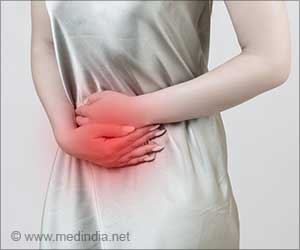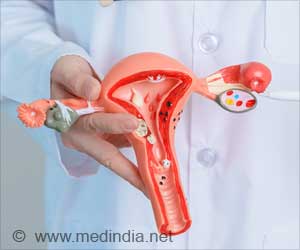Researchers at the Royal Veterinary College, London have made a monumental discovery in the understanding of how infection of the uterus damages fertility in cows. Their findings show how common uterine infections damage the ovaries and may provide insights into how to treat infections such as Chlamydia in humans.
Funded by the Wellcome Trust and the Biotechnology and Biological Sciences Research Council, researchers led by Professor Martin Sheldon studied the effect that uterine disease has on the reproductive system in cows. Their findings, published today in the journal Reproduction, suggest that the cow's innate immune system may affect key stages in the reproductive cycle, including suppressing the release of the female sex hormone oestrogen and causing failure to ovulate.Approximately a million dairy cows get uterine disease each year in the UK, affecting not only milk production but also the cow's ability to reproduce. Cows already have an unusually low chance of conceiving – a 30% chance compared to over 60% in sheep – so if their fertility falls further and they are unable to conceive, they become uneconomical to keep and may be culled.
In cows, uterine disease is usually caused by bacteria entering the uterus after the cow has given birth. The same route of infection can also occur in women; however, humans may also be affected by sexually transmitted infections such as Chlamydia. Although the infections are usually successfully treated with antibiotics, the infertility often persists.
Using the bacterium E. coli, Professor Sheldon and colleagues examined the effect that bacteria have on the granulosa cells that line each egg-containing follicle in the ovary. These granulosa cells nurture the egg until the follicle bursts to release the egg, and they make oestradiol (a form of the sex hormone oestrogen), which encourages the female to copulate. The researchers found that even after treatment of uterine disease, the follicle still contains toxin left over from the breakdown of the pathogen.
The researchers also found that granulosa cells, which protect the egg inside the follicle, play a part in the immune response to infection by recognising that the toxin has entered the follicle and inhibiting production of oestradiol.
"We believe that granulosa cells may play a role in 'quality control' relating to ovulation," says Professor Sheldon. "Infection can potentially damage the genetic make-up of an egg, and these 'errors' would be passed down from generation to generation. By suppressing the release of oestrogen – in effect, reducing sexual behaviour – the granulosa are preventing those defects being passed on."
Advertisement
"The emphasis on treating uterine disease has so far always been on clearing infection in the uterus," he says. "We need to remember that the infection also affects the ovaries and may cause lasting damage. We may need to treat the disease with anti-inflammatory drugs or develop new anti-toxins."
Advertisement
"It appears that bacteria have a lasting effect on fertility in cattle and possibly humans," says Professor Sheldon. "Our research suggests a mechanism for how this may occur and offers hope for developing new treatments to prevent this from happening."
Source-Eurekalert
GAN/V










